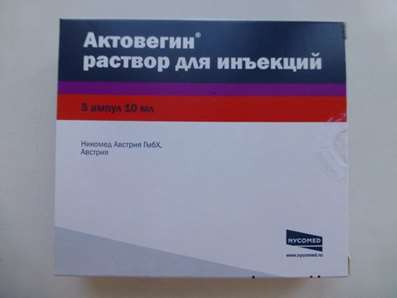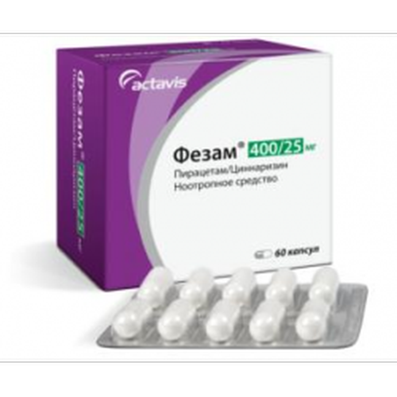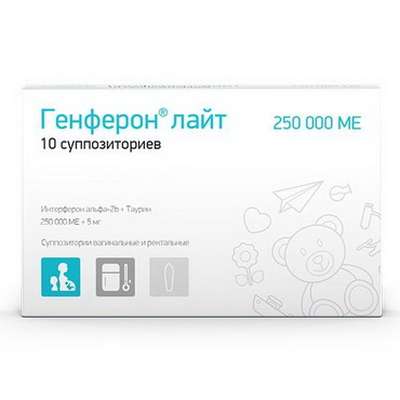Instruction for use: Tilorone
I want this, give me price
Trade name of the drug – Aktaviron, Amixin, Lavomax, Tilaxin, Tiloram, Tiloron, Tilorone dihydrochloride
The Latin name of the substance Tilorone
Tiloronum (genus. Tiloroni)
Chemical name
2,7-Bis [2- (diethylamino) ethoxy] -9H-fluoren-9-one (and as dihydrochloride)
Gross formula
C25H34N2O3
Pharmacological groups:
Antiviral drugs (excluding HIV)
Interferon Inductors
The nosological classification (ICD-10)
A56.2 Chlamydial infection of the urogenital tract, unspecified: Chlamydial urethritis; Urogenital chlamydia; Chlamydial gynecological infections; Cervicitis of chlamydial etiology
A56.4 Chlamydial pharyngitis: Respiratory chlamydia
A74.8 Other chlamydial diseases: Respiratory chlamydia; Chlamydial pneumonia; Chlamydial pneumonia
B00 Infections caused by the herpes simplex virus [herpes simplex]: Herpes simplex; Herpes virus; Herpes simplex virus; Herpes simplex virus type I and II; HSV; Herpes; Herpes simplex / herpes simplex /; Herpes lips; Herpes simplex; Herpes in patients with immunodeficiency; Labial herpes; Acute herpetic disease of the mucous membranes; Herpes simplex; Herpes simplex skin and mucous membranes; Herpes simplex with skin and mucous membrane damage; Recurrent herpes; Urogenital herpetic infection; Chronic recurrent herpesvirus infection; Herpes-viral infections of various localizations
B15 Acute hepatitis A: Botkin's disease; Viral hepatitis A; Hepatitis A; Infectious hepatitis; Acute hepatitis; Acute viral hepatitis A; Subacute hepatitis; Lightning-fast hepatitis
B16 Acute hepatitis B: Viral hepatitis B; Hepatitis B; Acute hepatitis; Vaccination against hepatitis B; Subacute hepatitis; Acute viral hepatitis B; Acute lingering hepatitis B
B17.1 Acute hepatitis C: Viral active hepatitis C; Viral hepatitis C; Hepatitis C
B25 Cytomegalovirus: Generalized CMV infection in patients with AIDS; Cytomegalovirus infection in patients with impaired immunity; Cytomegalovirus infection; Cytomegalovirus infection in patients with habitual miscarriage Cytomegalovirus retinitis; Cytomegalovirus retinitis in AIDS patients; CMV; CMV in AIDS patients; CMV infection; CMV infection in the presence of immunodeficiency; CMV infection in cancer patients with immunosuppression; CMV-pneumonia; CMV retinitis in patients with weakened immunity; CMV retinitis in AIDS patients
G04 Encephalitis, myelitis and encephalomyelitis: Disseminated acute encephalomyelitis; Leukoencephalitis; Meningomielitis; Myelitis; Acute encephalitis; Acute encephalomyelitis; Chronic encephalitis; Chronic encephalomyelitis; Encephalitis; Encephalomyelitis; Inflammation of meninges
G04.8 Other encephalitis, myelitis and encephalomyelitis: Parotent meningoencephalitis; Uveoencephalitis
G35 Multiple Sclerosis: Disseminated Sclerosis; Multiple sclerosis; Recurrent multiple sclerosis; Secondary-progressive multiple sclerosis; Exacerbation of multiple sclerosis; Mixed forms of multiple sclerosis
J06 Acute upper respiratory tract infections of multiple and unspecified locations: Frequent colds of viral diseases; Infections of ENT organs; Acute respiratory illness of influenza nature; Pain for colds; Acute catarrhal disease; Cold; Colds; Colds; Respiratory infection; Seasonal catarrhal disease; Seasonal colds; Pain in infectious and inflammatory diseases of the upper respiratory tract; Bacterial infections of the upper respiratory tract; Bacterial infections of the respiratory system; Viral respiratory disease; Viral respiratory tract infections; Inflammatory disease of the upper respiratory tract; Inflammatory diseases of the upper respiratory tract; Inflammatory diseases of the upper respiratory tract with difficult to separate sputum; Inflammatory respiratory disease; Secondary infections for colds; Difficult sputum separation in acute and chronic respiratory diseases; Upper respiratory tract infections; Infections of the upper respiratory tract; Respiratory tract infections; Respiratory and lung infections; Infectious-inflammatory diseases of the upper respiratory tract; Infectious-inflammatory diseases of the upper respiratory tract and ENT organs; Infectious-inflammatory diseases of the upper respiratory tract in adults and children; Infectious-inflammatory diseases of the upper respiratory tract; Infectious inflammation of the respiratory tract; Respiratory tract infection; Qatar upper respiratory tract; Catarrh of the upper respiratory tract; Catarrh of the upper respiratory tract; Catarrhal phenomena from the upper respiratory tract; Cough in diseases of the upper respiratory tract; Cough for colds; ARVI; ARI; ARI with phenomena of rhinitis; Acute respiratory infection; Acute infectious-inflammatory disease of the upper respiratory tract; Acute respiratory disease; Persecution in the throat or nose; Respiratory and viral infections; Respiratory diseases; Respiratory infections; Recurrent respiratory tract infections; Secondary infections with influenza; Influenza states; Feverish conditions for influenza
J11 Influenza, virus not identified: Influenza; Influenza in the early stages of the disease; Influenza in children; cold in the chest; Begins flu-like condition; Acute disease parainfluenza; parainfluenza; parainfluenza state; influenza epidemics; The pains of the influenza
N74.4 Female pelvic inflammatory disease caused by chlamydia (A56.1 +): Chlamydial salpingitis; Chlamydial infections; Chlamydia
CAS Code
27591-97-5
Pharmacology
Mode action - Antiviral, immunomodulating.
It induces the formation of interferons (alpha, beta, gamma) by intestinal epithelial cells, hepatocytes, T-lymphocytes and granulocytes. After ingestion, the maximum production of interferon is determined in the sequence of the intestine - liver - blood after 4-24 hours. Activates the stem cells of the bone marrow, stimulates humoral immunity, increases the production of IgM, IgA, IgG, influences antibody formation, reduces the degree of immunosuppression, restores the ratio T -helpery / T-suppressor.
The mechanism of antiviral action is associated with the inhibition of the translation of virus-specific proteins in infected cells, thereby suppressing the replication of the virus. Effective against influenza viruses and viruses that cause ARVI, hepato- and herpesviruses, including. CMV and others.
After oral administration, it is rapidly absorbed from the digestive tract. Bioavailability is 60%. Binding to plasma proteins is about 80%. Not subject to biotransformation. T1 / 2 - 48 hours. It is excreted unchanged with feces (70%) and urine (9%). Does not cumulate.
Application of the substance Tilorone
In adults: viral hepatitis A, B, C; Herpetic and cytomegalovirus infection; In the complex therapy of infectious-allergic and viral encephalomyelitis (multiple sclerosis, leukoencephalitis, uveoencephalitis, etc.), urogenital and respiratory chlamydia; Treatment and prevention of influenza and ARVI.
In children older than 7 years: treatment and prevention of influenza and ARVI.
Contraindications
Hypersensitivity, pregnancy, breast-feeding, children under 7 years.
Side effects of the substance Tilorone
Dyspeptic phenomena, short-term chills, allergic reactions.
Interaction
Compatible with antibiotics and other drugs for the treatment of viral and bacterial diseases.
Routes of administration
Inside.
Precautions measures
Complex therapy of neuroviral infections should be carried out under the supervision of a doctor.

 Cart
Cart





